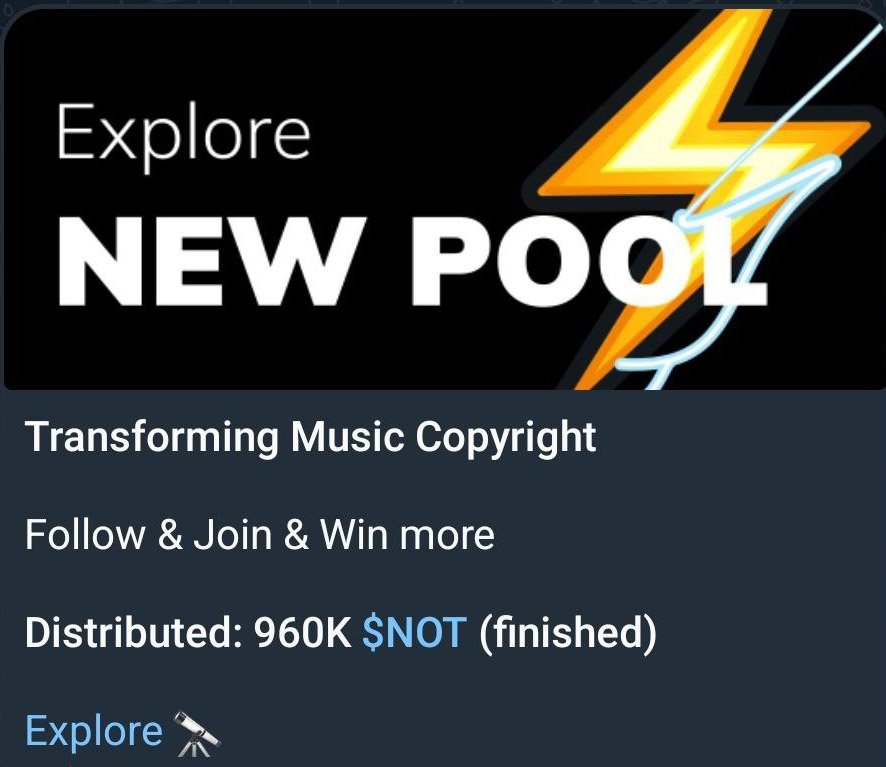When it comes to motivating users, extrinsic rewards are one of the most powerful tools available.
Whether you’re running a promotional campaign or designing a loyalty program, understanding how different reward systems impact user behavior is essential.
Two common models of extrinsic rewards are the equal reward model and the raffle reward model. While both approaches offer unique benefits, each can create different levels of motivation depending on how they are structured.
So, how do you decide which model will drive more user action and engagement? Let’s dive into both models to help you choose the right approach.
What Are Extrinsic Rewards?
Extrinsic rewards are tangible incentives offered to individuals for completing specific actions or tasks. They can take the form of cash prizes, gift cards, or even experience points in a gamified environment. Businesses use extrinsic rewards to increase customer engagement, drive sales, or encourage desired behaviors such as filling out surveys, signing up for a service, or promoting a product on social media.
The key to a successful extrinsic reward system lies in understanding what motivates people and how different reward structures can influence their behavior.
Equal Reward Model
In the equal reward model, users receive a guaranteed portion of the reward pool based on their actions, usually on a first-come, first-served basis.
For example, if you have a $2000 rewards pool and 100 participants, each user might receive an equal share if they take action before the rewards run out.

Why It Works
- Certainty
Users know exactly what they will receive, creating a sense of security. People are more likely to act when they are certain of the outcome.
- Urgency
This model instills a sense of urgency because users need to act fast to claim their share before the rewards run out. It creates a competitive environment where quick responders are rewarded.
Drawbacks
- Limited engagement
Once the reward pool is exhausted, there is no further incentive for users to participate. The excitement fades quickly, limiting the long-term engagement potential.

- Less excitement
The guaranteed nature of the reward can feel predictable and less thrilling compared to a more variable or unpredictable system.
The equal reward model is particularly effective when you want to generate fast, immediate action. It’s great for time-sensitive promotions or when you need a large group of users to complete an action in a short window of time.
Raffle Reward Model
On the other hand, the raffle reward model offers users a chance to win larger, more desirable rewards. Instead of receiving a guaranteed equal share, participants earn raffle tickets by completing specific actions.
After a designated period, a drawing is held to distribute the prizes. For example, a $2000 pool could reward $1000 to the top winner, $100 each to the next five, and smaller amounts to others until the prize pool is depleted.

Why It Works
- Excitement of chance
The possibility of winning a larger prize fuels excitement and anticipation. People are drawn to the potential for a big win, which keeps them engaged throughout the reward period.
- Tiered motivation
In the example above, with prizes ranging from $1000 to $1, users feel that their effort can still be rewarded, even if they don’t win the top prize. This structure ensures broad participation by appealing to both highly competitive users and those content with smaller rewards.
Drawbacks
- Uncertainty
Some users may be demotivated if they perceive the odds of winning a large prize as slim, leading them to feel their effort may not pay off.
- Potential for disengagement
If users feel they don’t have a fair shot at the higher-tier prizes, they may lose interest over time.
The raffle reward model works best when you’re looking for sustained engagement over time. The thrill of uncertainty and the opportunity to win a larger prize can keep users returning and participating throughout the campaign.
Which Model is More Motivating?
When comparing equal reward vs. raffle reward systems, the choice depends on the type of behavior you’re trying to encourage.
- If immediate action is your goal, an equal reward model will likely be more effective. The certainty of a guaranteed reward encourages users to act quickly, fostering a sense of urgency.
- However, if you’re aiming for long-term engagement, the raffle reward model is a stronger choice. It leverages human psychology’s tendency to get excited by chance and variable rewards, which can keep users hooked for the duration of the campaign.
How to Choose the Right Model
Both reward models have their place, but their success depends on the goals of your campaign and the type of users you are targeting. Ask yourself these key questions:
- What is the timeline of my campaign?
If you need quick action, go for the equal reward model. If you want users to engage over a longer period, the raffle reward model may be better suited.
- Who are my users?
Understanding the psychology of your target audience can help determine which reward structure will resonate more with them. Some users may prefer the certainty of equal rewards, while others are more motivated by the potential to win big with raffle rewards.
- What’s the reward pool?
If you have a smaller reward pool and need to maximize engagement, spreading the rewards via a raffle system may be more effective.
Tailoring Extrinsic Rewards for Maximum Impact
Both the equal reward and raffle reward models have their advantages. The key is understanding which approach aligns best with your objectives.
Equal rewards provide instant gratification and drive immediate participation, while raffle rewards harness excitement and uncertainty to sustain engagement over time.
By carefully considering your campaign goals and your users’ motivations, you can implement a rewards system that drives the desired behavior and keeps your audience engaged.
Whichever path you choose, optimizing your extrinsic reward system will ensure that your users stay motivated, act, and continue interacting with your platform.